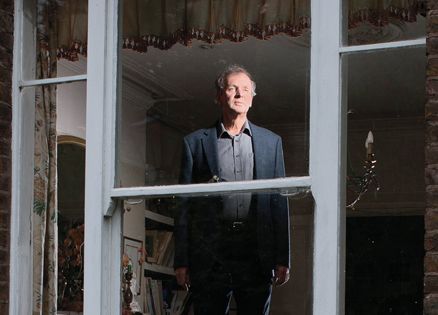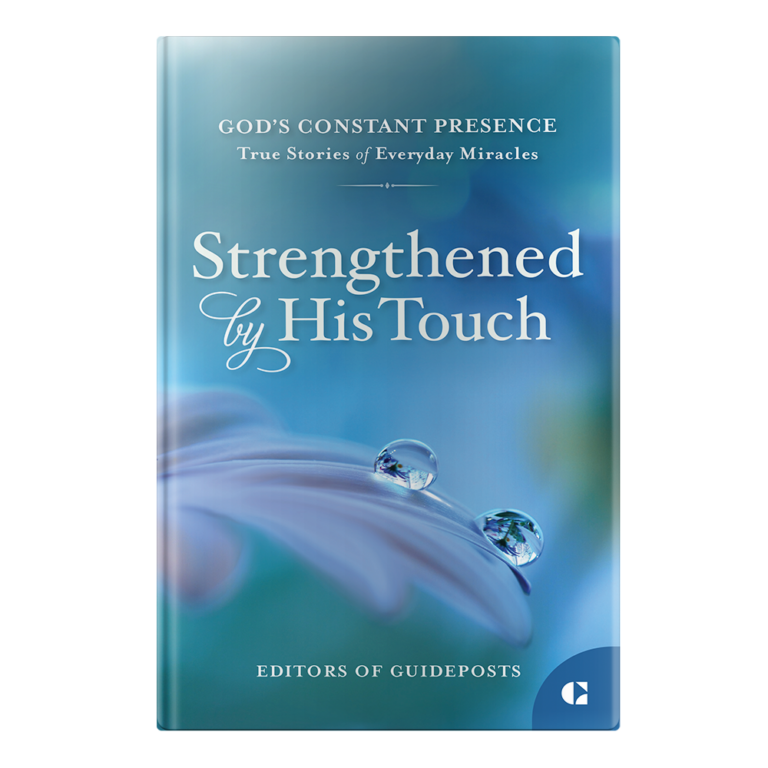Dr. Rupert Sheldrake isn’t your typical Cambridge-educated biologist. For instance, in his new book, Science Set Free, he writes, “Science is being held back by centuries-old assumptions that have hardened into dogmas. The sciences would be better off without them: freer, more interesting and more fun.”
Statements like that, one imagines, would not endear Dr. Sheldrake to his colleagues. But when I sat down and spoke to him, he laid out a convincing argument: Science is only cheating itself by dismissing the spiritual and otherworldly phenomenon that so many people experience.
“Science at present is very atheistic,” Sheldrake says. “That doesn’t mean all scientists are atheists– they’re not–but the public ethos of science is sort of secular humanist–faith in humanity rather than faith in God.”
The core belief of many scientists is, “There is no reality but the material reality” or that “God exists only as an idea in a human mind.”
Sheldrake himself seemed to have held this point of view, until he spent some time in India and studied with a Benedictine monk, Father Bede Griffiths, and became a Christian. “The practice of prayer and meditation is a daily part of my life,” he says.
Back home in Nottinghamshire, England, he began his first research into a field most other scientists tended to ignore: how homing pigeons find their way home (Sheldrake kept pigeons as a child).
While scientific consensus agreed it had something to do with magnetic fields, Sheldrake found that explanation insufficient. “If you parachuted into unknown territory with a compass, you’d know where north was, but not your home,” he says.
He soon started gathering stories about unexplained instincts in animals. One of Sheldrake’s neighbors was a widow who kept a cat that was attached to her son, a seaman. The seaman did not tell his mother when he would be coming home on leave because he was afraid she would worry if he was late.
But the mother knew when her son was headed home anyway. How? The cat sat on the front-door mat meowing for an hour or two before the young man arrived, giving her plenty of warning to get dinner on the stove.
For a scientist, though, a good story isn’t the same as evidence. How could Sheldrake prove this type of animal behavior was not coincidence or caused by some rational explanation? He formulated several scientific tests. In one, he separated a terrier named Jaytee from his owner Pam.
In 85 out of 100 occasions, the dog anticipated her return no matter what time she came home. Even if she traveled by taxi to avoid familiar car sounds, Jaytee was at the window, waiting. That percentage was far higher than one would have if merely chance was involved.
“Telepathy,” he calls it, reminding me that the word means distant feeling, not thought transference: “‘Tele’ like telephone and ‘pathy’ as in empathy. It’s often experienced as an emotion or even a physical pain in the body.”
Not just for dogs but for people. Sheldrake has since built an extensive database on premonitions–he’s collected some 842 examples of people heeding inner warnings, most of them escaping dangers or disasters.
“A World War II soldier in the invasion of Germany is driving on an autobahn at night and all of a sudden hears ‘the still small voice.’ He stops the jeep, gets out and starts walking.
He discovers that he was about to drive over a bridge that wasn’t there. It had been blown up, leaving a sheer drop of seventy-five feet.”
You know how you think of someone and suddenly the phone rings, you look at the caller i.d. and it’s that person? “For a hundred years since the invention of the telephone, the scientific world dismissed it,” he told me.
Sheldrake crafted an experiment that showed the statistical validity of such hunches. “Someone gives us the names of four people. We pick one at random and ask that person to call. The subject guesses who it will be. They’re right about 45 percent of the time, which is very significant statistically.”
Studying these types of experiences isn’t a waste of time, Sheldrake argues. In fact, the practical applications of spiritual belief can have tremendous benefits for human health.
We discussed a study done by Dr. Harold Koenig and his colleagues in North Carolina. They tracked 1,793 subjects who were over 65 and had no physical impairments. Six years later those who prayed had a 66 percent higher rate of survival than those who did not.
“If a new drug or surgical procedure had such dramatic effects on health and survival as spiritual practices, it would be hailed as a breakthrough,” Sheldrake says. Maybe it’s not crazy that doctors prescribe prayer in addition to pills.
Typically an inexplicable healing is more likely to be called a “spontaneous remission,” and the patient goes home. Sheldrake believes that these incidents should be investigated.
In one such study in Rotterdam, Holland, a doctor followed up all cases of “spontaneous remissions” to see what the common factors were. “In each case,” Sheldrake says, “the patient had somehow taken the power back–going to a healer, for instance–instead of being passively pushed through the hospital machine.”
What about the healing miracles in the New Testament? “They’re not scientific reports so I don’t think we can treat them scientifically,” he says, “but I have no problem with them. They’re remarkable but not totally incredible.
“You can approach them and say this was totally miraculous, absolutely beyond all laws of nature. But I personally don’t like the traditional view of miracles as God suspending the laws of nature and intervening.
"That gives the impression of a God who has a kind of automatic machine-like universe that he occasionally interferes with. I don’t think that’s the way the world works. It’s much more mysterious. There’s a divine presence all the time.”
I thanked Dr. Sheldrake for his insights and wisdom. It was good to know that the mysteries we record here in Mysterious Ways, our own database of sorts, are not all that unusual–remarkable but not incredible.
Try Dr. Sheldrake’s telephone telepathy experiment out on your own.






